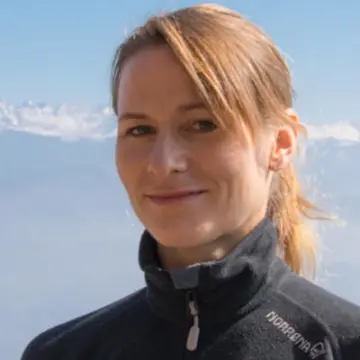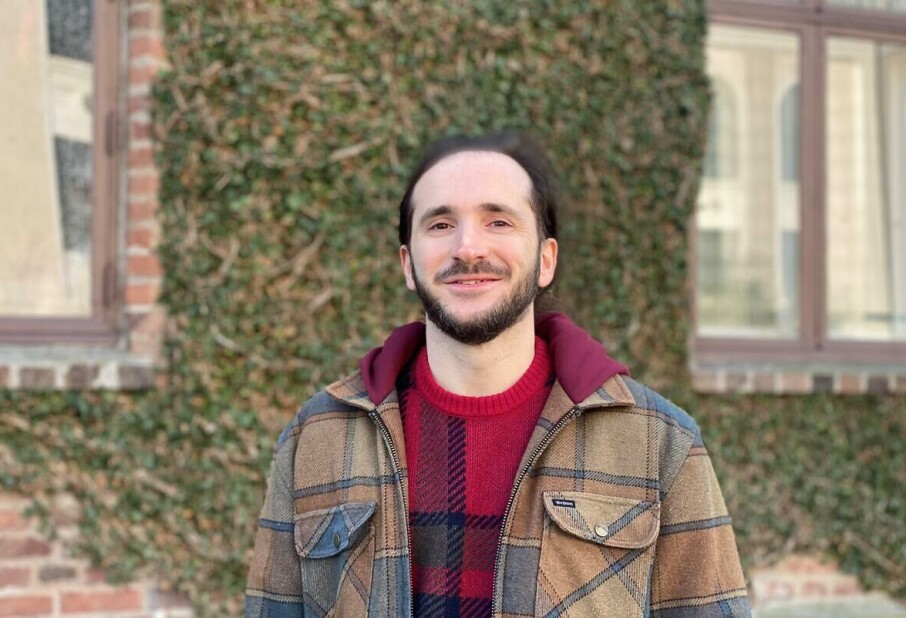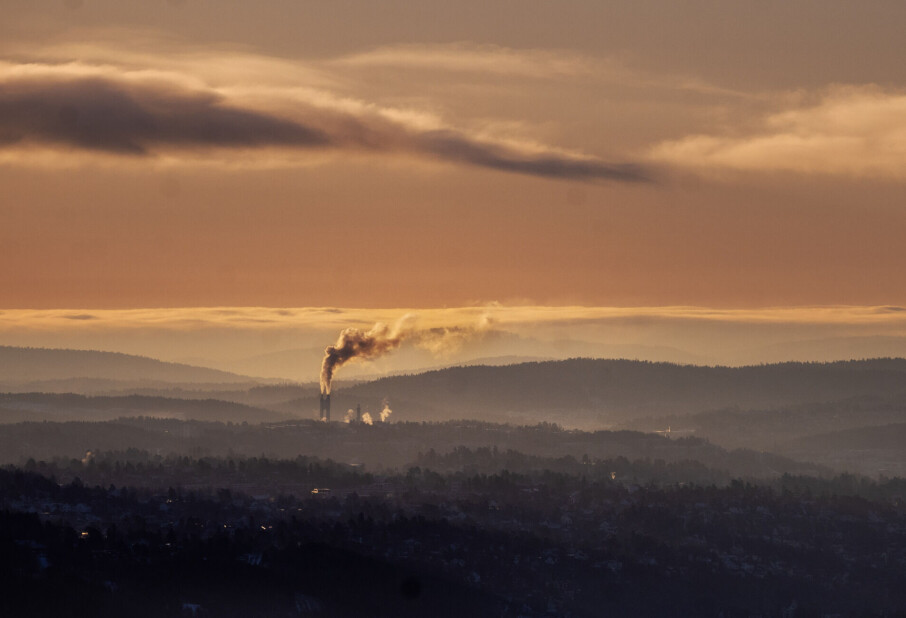THIS CONTENT IS BROUGHT TO YOU BY the University of Bergen - read more
Banned gases reveal the age of water
Even though gases that destroy the ozone layer have been restricted for many years, researchers are now finding traces of them in the ocean.

For more than 50 years, CFC gases like freons and halons were used in everything from refrigerators to hairspray because they seemed safe.
Then researchers discovered that these gases harmed the ozone layer. In 1987, 46 nations signed the Montreal Protocol, agreeing to phase out the use of CFCs. Since then, all the world's nations have signed the protocol.
In recent decades, the concentration of CFCs in the atmosphere has declined. The ozone layer has started to recover. But because CFCs break down slowly, a large portion of the emitted substances remains in nature.
Only trace amounts of CFCs in seawater are required to detect their presence.
For the researchers, this is useful: by tracking CFCs, they can follow the water's journey into the depths. This also allows them to detect changes in the world's ocean currents.

Seawater sinks to great depths
“Here we find the age of the water,” says Emil Jeansson.
He points to a sturdy steel frame secured to a bench with a cargo strap. The oceanographer from the Bjerknes Centre is the research director of Ocean Observations at NORCE.
The device stands in the lab onboard the research vessel Kronprins Haakon, which is on an expedition in the Greenland Sea.

When warm water from the Gulf Stream flows into the Nordic Seas, it cools down, becomes denser, and mixes downward.
In the Greenland Sea, this forms dense deep water that flows southward through the straits between Greenland, Iceland, the Faroe Islands, and Scotland.
There it plunges like an underwater waterfall into the Atlantic Ocean.
The deep water formation in the Greenland Sea is crucial for the ocean currents throughout the entire Atlantic.
“It's important to know how long it takes the water to travel from point A to point B,” says Jeansson.
When researchers find out how long it’s been since the water left the surface, they also know how fast it sinks.
(Video: Bjerknes Centre for Climate Research)
Measuring CFC in the deep ocean
The device is full of wires, tubes, and glass flasks.
“A jungle,” says Jeansson.
A jumble, yet a systematic assembly line.
Water samples are fed in. When the water has passed through all the measurements, the result appears as numbers and curves on a computer screen: how much CFC the water contains, and thus how old it is.
In addition to CFC-12 – freon – the device registers SF6, a compound used in industries such as aluminum production. Unlike CFCs, SF6 emissions continue to rise.
“SF6 og CFC-12 have a well-known history in the atmosphere,” says Jeansson.
Together, these two substances provide a solid basis for determining which year the water was last at the surface.

Age reveals deep water formation
Water samples are collected from the sea just outside the research vessel, others from several thousand metres' depth.
When the sampled water was at the surface, it took up CFC from the air – substantial amounts in years with high CFC levels in the atmosphere, less in other years.
When the water mixed downward, CFC and other gases were brought along. You can therefore compare the concentration of CFC in a water sample with the development in the atmosphere.
Then you know when water began to sink.
“It may have been 10, 50, or 100 years ago,” says Jeansson.
The age of the water indicates how fast the water reaches great depths and how extensive the sinking and formation of deep water in the Greenland Sea is.
Combined with other measurements, these gases may also be used to calculate how much man-made CO2 the deep water contains – a measure of how much CO2 the ocean absorbs from the atmosphere.

No shortage of CFCs
Almost 40 years have passed since nations started phasing out CFCs. The amount in the atmosphere is declining.
Will we reach a time when there is no longer enough CFC to trace sinking water?
“It's possible that other tracers may be relevant in the future,” says Emil Jeansson.
The oceanographer dismisses the idea that a lack of CFCs will pose any problems. For now, the amount of SF6 is increasing, and CFC-12 exists in concentracctions large enough to be easily detected.
“I will be able to measure CFCs for as long as I live,” he says.
(Video: Bjerknes Centre for Climate Research)

This content is paid for and presented by the University of Bergen
This content is created by the University of Bergen's communication staff, who use this platform to communicate science and share results from research with the public. The University of Bergen is one of more than 80 owners of ScienceNorway.no. Read more here.
More content from the University of Bergen:
-
Researchers discovered extreme hot springs under the Arctic
-
Tiny particles unlock vinegar’s hidden healing potential
-
“Why doesn't it rain more?” asks researcher
-
Uncovering the hidden female influence in medieval literature
-
Surprising discovery in an Arctic lake during the last Ice Age
-
Archaeologists found that early humans used ochre to make stone tools





































